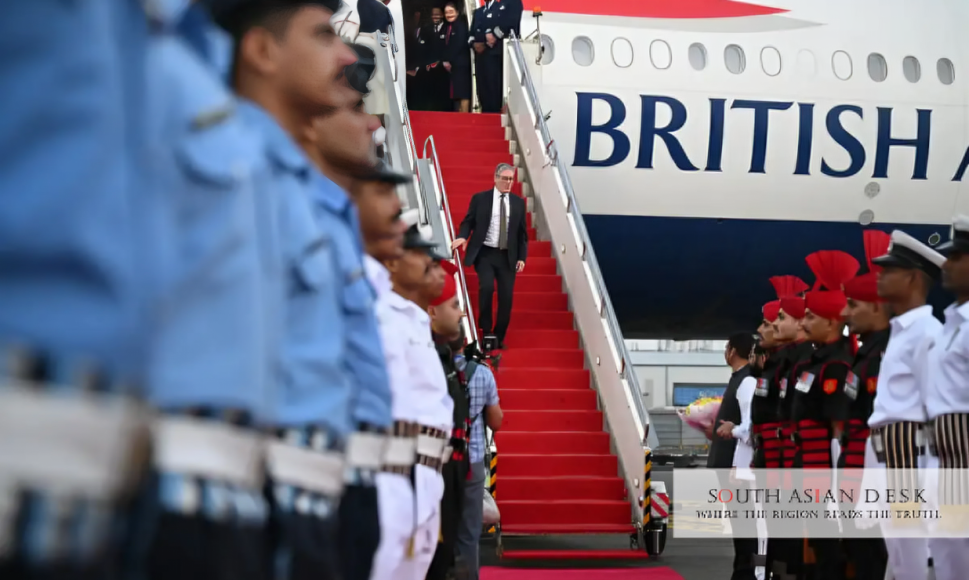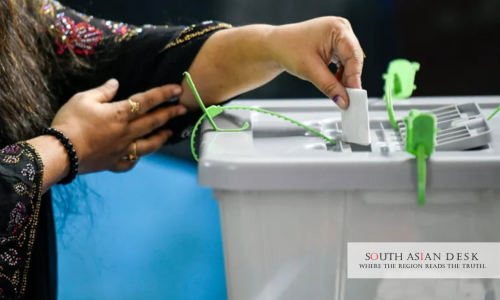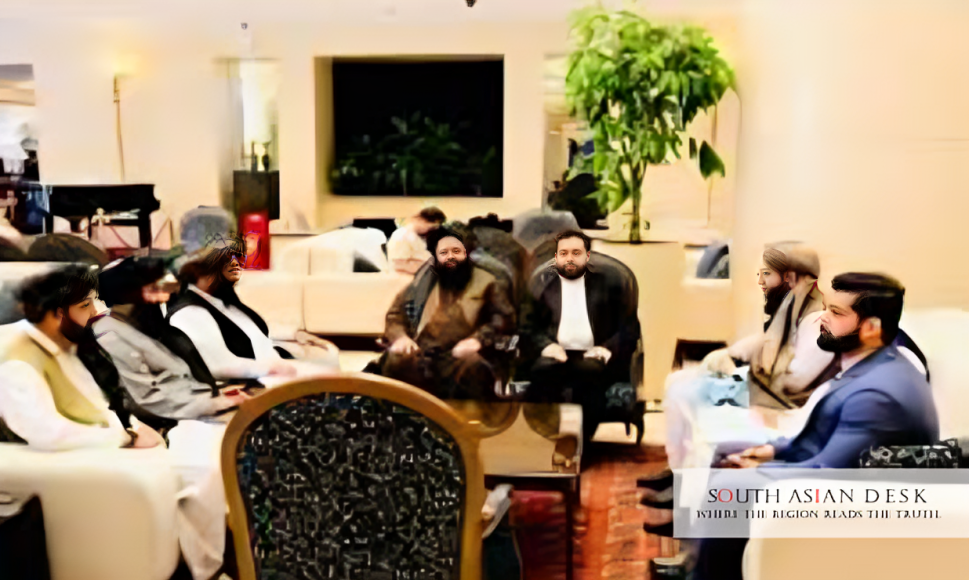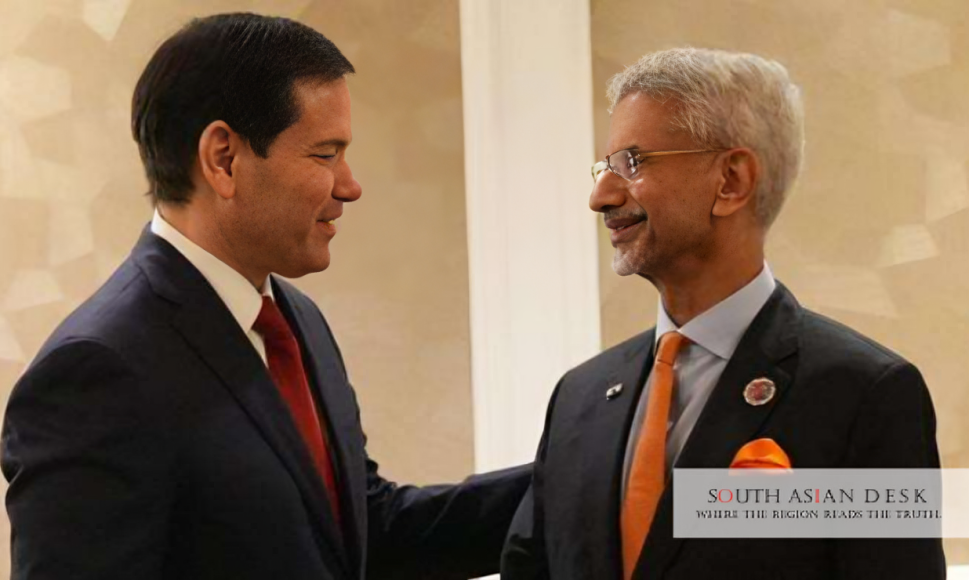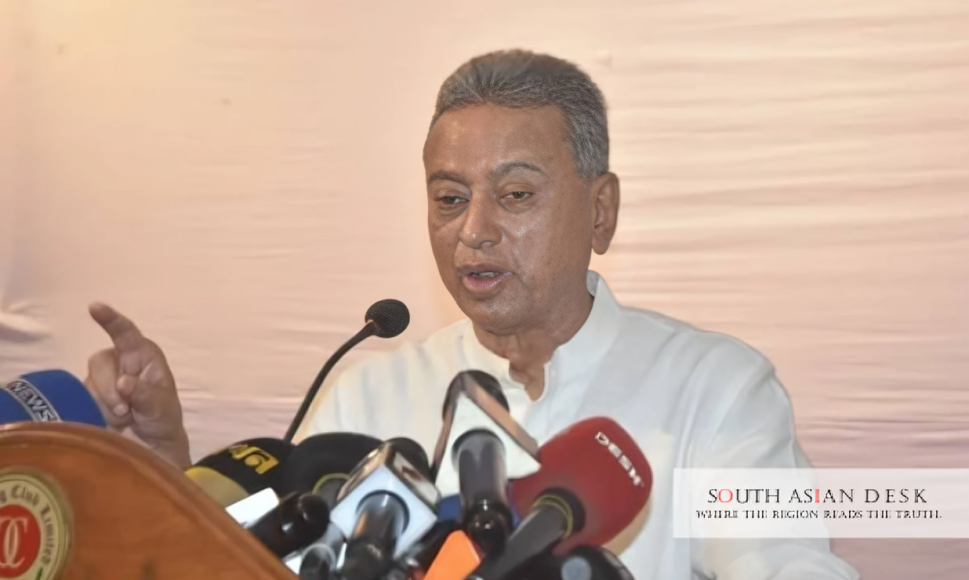LONDON (South Asian Desk) – UK Prime Minister Keir Starmer ruled out any UK-India visa deal on Tuesday, October 7, 2025, as he prepared for a two-day trip to Mumbai to boost economic relations. The announcement came en route to India, where Starmer will meet Prime Minister Narendra Modi on Thursday. This decision underscores Britain’s focus on the existing free trade agreement without migration concessions. How will this shape UK-India people flows?
Starmer Rules Out India Visa Concessions in Trade Focus
Keir Starmer’s comments mark a clear pivot away from visa negotiations that stalled past UK-India talks. “That isn’t part of the plans,” Starmer told reporters aboard his flight to Mumbai. He added that the visit centres on “taking advantage of the free trade agreement that we’ve already struck.” This stance aligns with Starmer’s domestic push for tighter immigration controls, amid polls showing public unease and Labour’s lag behind Reform UK.
The UK not interested visa deal India position avoids reopening debates that prolonged the free trade agreement (FTA) negotiations. Visas had been a sticking point, with India seeking easier access for professionals, students, and workers. Starmer noted an existing returns agreement with India makes deportations a “non-issue,” unlike with other nations. He dismissed links between visas and returns pacts broadly, saying, “We are looking at whether there should be a link between visas and returns agreements.”
Starmer rules out India visa concessions to prioritise economic gains. The FTA, agreed in May 2025 and signed in July, promises £4.8 billion annual boost to UK GDP and £2.2 billion in wage growth. It slashes tariffs on UK exports like whisky (from 150% to 40% over 10 years) and lamb (to 0% immediately), while opening India’s £38 billion procurement market to British firms in healthcare and green energy.
UK-India Trade Boom Without Migration Overhaul
Bilateral trade has doubled to £40 billion in the last decade, with the FTA set to add £25.5 billion more. Starmer’s 125-member delegation includes CEOs, university vice-chancellors, and cultural leaders, targeting sectors like advanced manufacturing, clean energy, and digital trade. India’s Ministry of External Affairs highlighted education cooperation benefiting citizens on both sides.
The UK not interested visa deal India approach preserves Britain’s points-based system. The FTA includes business mobility commitments for experts in agriculture, health, and innovation, but no broader concessions. This ensures UK firms access India’s 60 million middle-class consumers by 2030, projected to reach 250 million by 2050, without altering immigration rules.
Starmer rules out India visa concessions despite US contrasts. President Donald Trump’s H-1B fee hikes contrast with UK’s talent welcome, but Starmer stressed focus on “top talent” via existing channels. Indian professionals already form a key UK workforce, with 1.9 million British-Indian heritage residents bridging ties.
Economic Wins Drive Starmer’s Agenda
The FTA protects NHS funding, food standards, and animal welfare while advancing labour rights and gender equality. UK exports gain £400 million in immediate tariff savings, rising to £900 million after a decade. Sectors like creative industries secure 60-year copyright protections, aiding UK media and tech.
Business leaders praise the deal. Diageo CEO Debra Crew called it “transformational for Scotch and Scotland,” boosting jobs in both nations. Chivas Brothers’ Jean-Etienne Gourgues noted India’s status as the world’s largest whisky market by volume. Smith+Nephew’s Deepak Nath highlighted healthcare trading links.
India’s procurement access covers 40,000 tenders yearly, worth £38 billion, in transport and life sciences. UK firms under ‘Make in India’ gain preferences for 20% UK content products.
Why This Matters for South Asia
The UK not interested visa deal India decision ripples across South Asia, where migration fuels remittances and skills exchange. India, the region’s powerhouse, sends over 2.5 million workers abroad yearly, with the UK a top destination for students (over 100,000 annually pre-FTA). Starmer rules out India visa concessions, potentially slowing family reunions and professional inflows, but trade gains could offset via job creation at home.
For South Asian diaspora in Britain, the stance reinforces the “living bridge” without new pathways. Pakistan and Bangladesh watch closely, as UK policies influence regional pacts. Enhanced UK-India ties may spur trilateral investments, benefiting smaller economies through supply chains.
Broader implications include stabilising GBP-INR exchange, aiding exporters in textiles and IT from Bangladesh and Sri Lanka.
The visit coincides with India’s push for Vision 2030 bilateral goals, focusing tech and defence. Without visa easements, emphasis shifts to mutual recognition of qualifications, easing short-term exchanges.
Background: From Stalled Talks to Sealed Deal
Negotiations spanned years, with visas a core hurdle under previous Tory governments. Labour’s May 2025 breakthrough delivered the “best deal India has ever agreed,” per UK officials. Signed July 24, 2025, it enters force next year, covering anti-corruption and environment chapters.
Starmer’s trip, his first to India as PM, follows Modi’s July UK visit. Delegation scale signals commitment, with education ties spotlighted by India’s MEA. The UK not interested visa deal India policy echoes post-Brexit controls, balancing growth with border security.
What’s Next for UK-India Visa Deal
Future summits may revisit mobility under FTA frameworks, but Starmer rules out India visa concessions soon. Trade missions could multiply, targeting £1.4 trillion Indian import demand by 2035. Joint ventures in AI and renewables hold promise, per business endorsements.
As Starmer departs Mumbai Friday, eyes turn to implementation metrics. Will the UK not interested visa deal India hold amid election pressures? Outcomes from Modi talks could signal deeper strategic alignment.
Published in SouthAsianDesk, October 8th, 2025
Follow SouthAsianDesk on X, Instagram, and Facebook for insights on business and current affairs from across South Asia.


